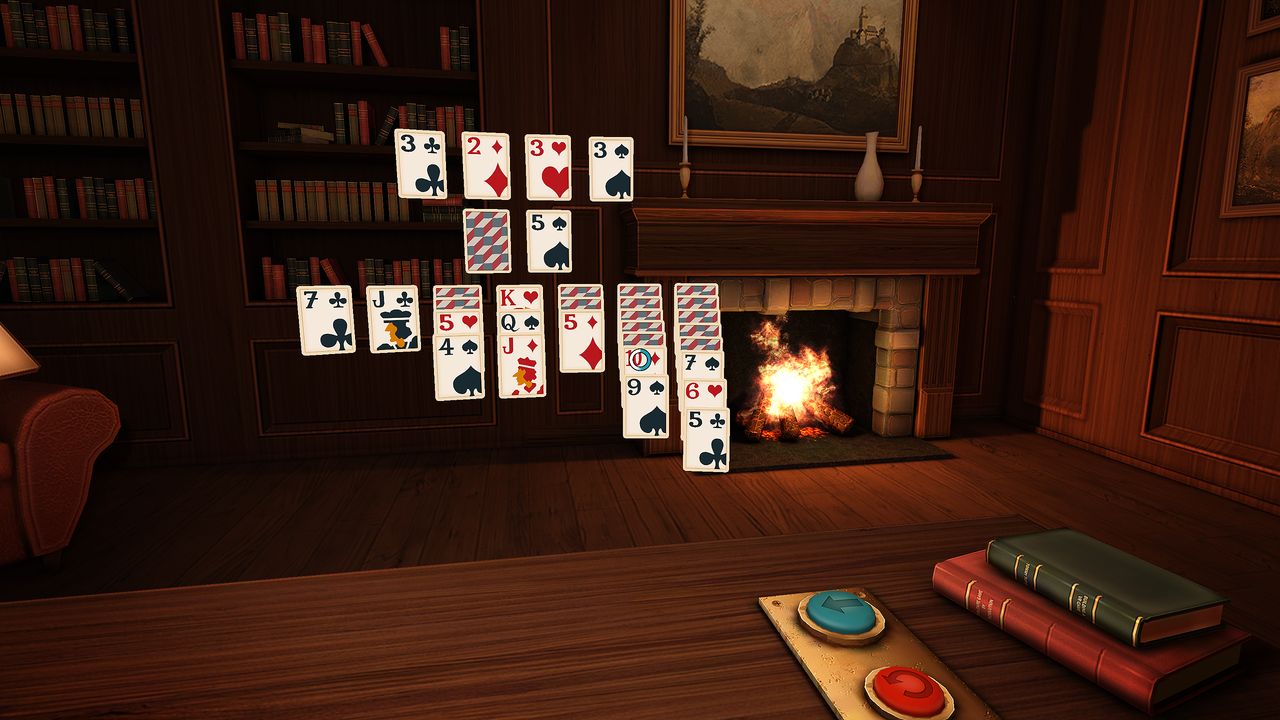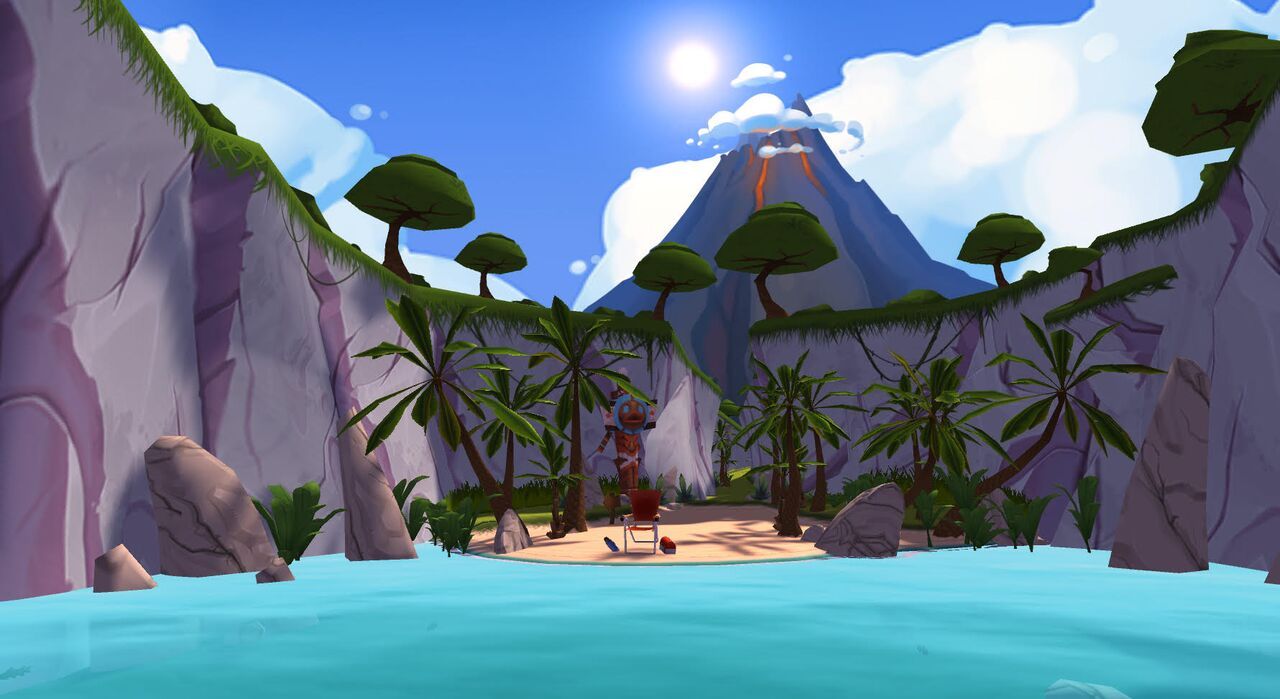Today, virtual reality (VR) games studio Resolution Games announced it has closed a $6 million Series A funding round, which to date marks the single largest investment round for any VR games developer. Google Ventures led the round, which marks GV’s first investment in a Swedish company since the firm’s expansion into Europe.
“We’re focused on VR for the long run with nimble, small teams creating lots of new concepts, establishing best practices and quickly landing on successful titles to add content for emerging VR devices. To date we’ve already created seven prototype games, released our first title and are working on our next release, which will be a fishing themed VR game to be released in early 2016,” said Tommy Palm, co-founder and CEO of Resolution Games. “The funds will also give us the ability to ensure our longevity. As we learned with the mobile games market, perseverance is critical for building a successful company in an emerging market. Resolution Games will be around for years to come and will be able to focus on making the correct strategic choices to help the VR Games market grow into its potential.”
Resolution Games’ CEO and co-founder Tommy Palm spoke with [a]listdaily about some of the marketing challenges ahead for VR games. You can read more about what Palm had to say regarding VR game design over on GamesIndustry International.
Implicit in the idea of bringing casual games to VR is that VR can eventually be a large, broad audience. What will it take for VR to reach a really large audience?
We’re seeing several different initiatives on the hardware side. Two different categories are the mobile VR and the connected VR. From my point of view, purely performance-wise, a modern-day smartphone is really a fantastic gaming device even for something as demanding as VR. If you look at the graphical quality we are able to get out of Solitaire Jester for Gear VR, nobody who looks at that environment would say that is sub-par when it comes to graphical standards. I am seeing mobile VR as being one very exciting way forward, where the investment is much smaller from a consumer point of view. When you have under $200 headsets, you are able to have a very immersive 3D VR experience with your regular smartphone.
How do you see monetization working for VR games Will this just be an extension of mobile games, or will it be premium, or something else?
Initially we’re going to see a lot of premium payment models, especially since the in-app purchase APIs are not ready for most of these platforms. I personally think that micro-transactions are a better system for games, when as a consumer you can download a game for free before making a purchase decision. There are so many games out there, and it’s really hard to tell if this is something you’re ready to spend money on. Going forward we’ll see a lot of games being free-to-download before you have to pay. I don’t want to use the term free-to-play because it brings the mindset of a lot of the games we see in the mobile space, and it doesn’t necessarily have to look like that. One of great thing with micro-transactions as a developer is you can choose for yourself what makes sense for your games. There are a lot of good examples and a lot of bad examples.
 Solitaire Jester
Solitaire Jester
How do you plan to market the VR games you are creating?
One important ingredient in this early stage is having a great working relationship with the manufacturers. That is a similar approach to how I worked with mobile games, I started out very early working with the companies that were doing a lot of research and development in the mobile games market early on, which later proved very useful as the market took off. That is one part of it, but from the indie game developer’s perspective today with so much competition going on, it definitely makes sense to take a professional grip on marketing in the early phase of your development cycle for the design of the products.
Social media and streaming have been very important recently in marketing PC, console and mobile games. Will this be true for VR games — can you stream a VR game and make it fun to watch and to share, even if you don’t have the VR hardware?
This is something we noticed very quickly just with our Solitaire Jester game, it’s actually very difficult to share this experience to people who don’t have access to headsets, and very few people do at this point. Other people are working on making it easier to share or stream gameplay videos from VR game experiences, however it is going to be hard because of the nature of VR. You can’t really follow another player because you can get very nauseous trying to see whatever they saw or move wherever they moved. It’s definitely some very new, interesting challenges. A lot of smart people are going to have to figure out how to do this the best way.
The hardware for VR really won’t be arriving in quantity for consumers until early 2016. When do you think VR is finally going to be making money for game developers Will it be summer 2016, holiday 2016, or beyond?
Very good question. We still haven’t seen consumer products out in the market, but we are getting close. The first initiative with Samsung Gear VR is launching before Christmas this year. We’ll see a lot of other manufacturers following that. From a game developer perspective, before we have a large enough audience it’s going to take a little bit of time. That’s one of the reasons why we wanted a fairly big investment, to have the longevity to get into the market early and learn, while at the same time being there when VR takes off and we can focus all our resources on creating great content, which is entirely needed.


